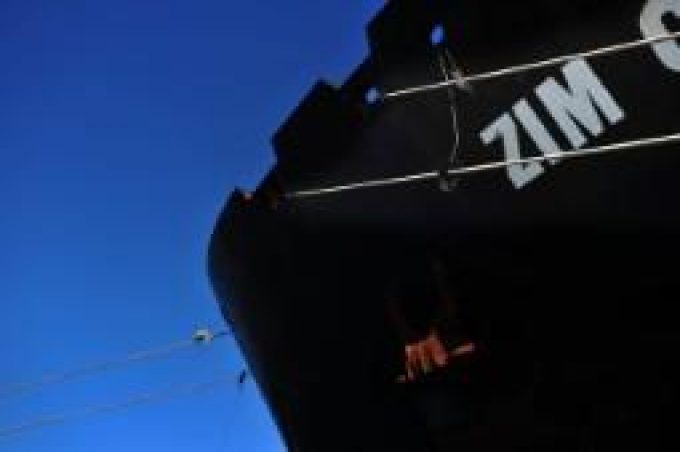Grey expectations: a methanol-LNG dichotomy
In September 2023, Mærsk took delivery of its first methanol-fuelled container vessel, Laura Mærsk, the ...

Israeli carrier Zim has agreed 12-year charters with non-operating containership owner Seaspan for ten 15,000 teu LNG-fuelled vessels.
The ships will be constructed at the South Korean yard of Samsung Heavy Industries, which will commence deliveries in the first half of 2023.
Zim said the vessels would be deployed ...

Comment on this article